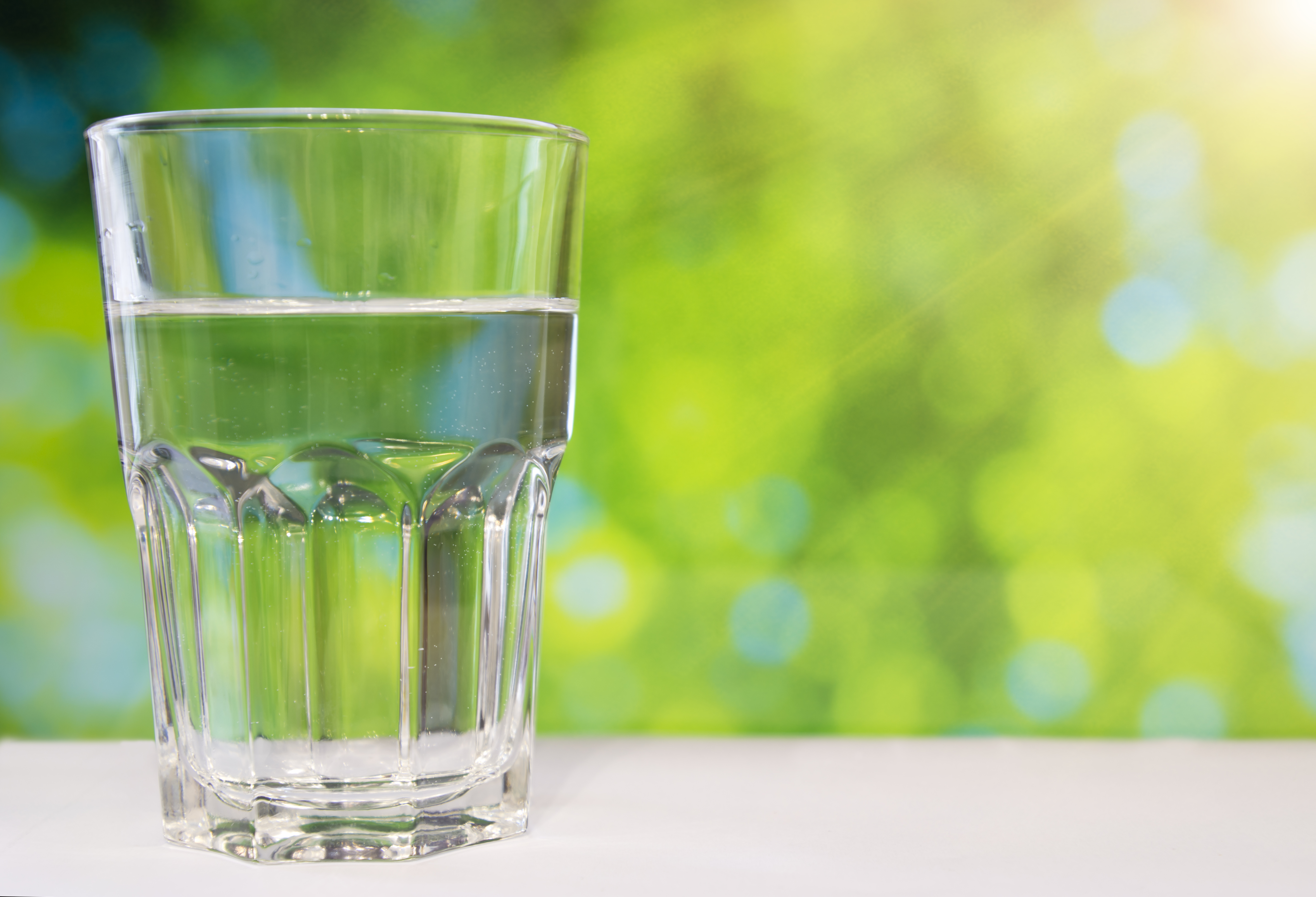A Clear Future for Dirty Water
Next-Gen Water Monitoring
Water conservation has been a growing concern for several years, especially in parts of the United States, like Southern California, that have been plagued by droughts and heatwaves. These factors contribute to mandated water restrictions and prompt municipal water companies to find new ways to reduce the stress on groundwater resources. One new technique is recycling wastewater to recharge groundwater resources, but the thought of this water eventually becoming drinking water probably isn’t anyone’s first choice. Additionally, water safety regulations require the use of outdate culture-based methods that only detect fecal indicator bacteria (FIB)1. These methods are limited in scope by using indicator organisms as surrogates for pathogenic species, which means pathogens that grow in other media or are unculturable can go undetected.
But thanks to highly advanced methods of ultrafiltration and purification, providers of recycled wastewater are confident in the safety of their product. And in order to ensure the safest water possible, certain water facilities are willing to employ Next-Gen Sequencing (NGS) based microbiomics for pathogen detection.
Multi-Omics Approach Holds Water
The Advanced Water Purification Facility (AWFP) in Orange County, California is the world’s largest potable water reuse facility which recharges municipal groundwater with 100 million gallons of purified water per day2. To determine how each stage of treatment changes the water’s microbial profile, researchers collected samples and performed shotgun metagenomic sequencing and 16S sequencing3. Proper steps were taken to ensure accurate and unbiased microbial profiling. These include sample storage in DNA/RNA Shield, nucleic acid extraction via the ZymoBIOMICS DNA/RNA Miniprep Kit, and the inclusion of the ZymoBIOMICS Microbial Community Standard as a positive control.

Crystal Clear Results
The results are sure to give peace of mind to those with concerns about the safety of recycled water. At each step in the purification process, researchers found that water quality improved during treatment with reductions in total bacterial load. Specifically, the uptake of antibiotic resistant genes by human pathogens is a major concern, and with shotgun metagenomics, the study found significant reductions antibiotic resistant genes. More importantly, the multi-omics analysis was able to detect potential human pathogens that would go unnoticed by traditional FIB plating. But, it was found that any traces of these pathogens were so diminished in the final stages that there were no health concerns. Amazingly, the researchers proclaimed that the post-treatment water resembled that of molecular grade laboratory water in terms of bacterial load3.
A Watershed Moment
Because advanced treatment processes are making recycled wastewater a source for potable water to more regions, NGS-based monitoring methods are being explored to ensure public safety. Research such as this is important in bolstering the public’s confidence in the potability of recycled wastewater and can go great lengths in water conservation to make our planet a more habitable place.
Read the original article here.
Learn more about Zymo Research's Microbiome Analysis Services and Microbiome Research Tools.
References
- Fu CY, Xie X, Huang JJ, Zhang T, Wu QY, Chen JN, Hu HY. Monitoring and evaluation of removal of pathogens at municipal wastewater treatment plants. Water Science & Technology. 2010; 61(6): 1589-99.
- Dunivin W, Patel M, Clark JH. Building on Lesson Learned for Expanding the Next Phase of the Groundwater Replenishment System. Orange County Water District. 2010.
- Stamps BW, Leddy MB, Plumlee MH, Hasan NA, Colwell RR, Spear JR. Characterization of the Microbiome at the World’s Largest Potable Water Reuse Facility. Frontiers in Microbiology. 2018; 9: 2435.


